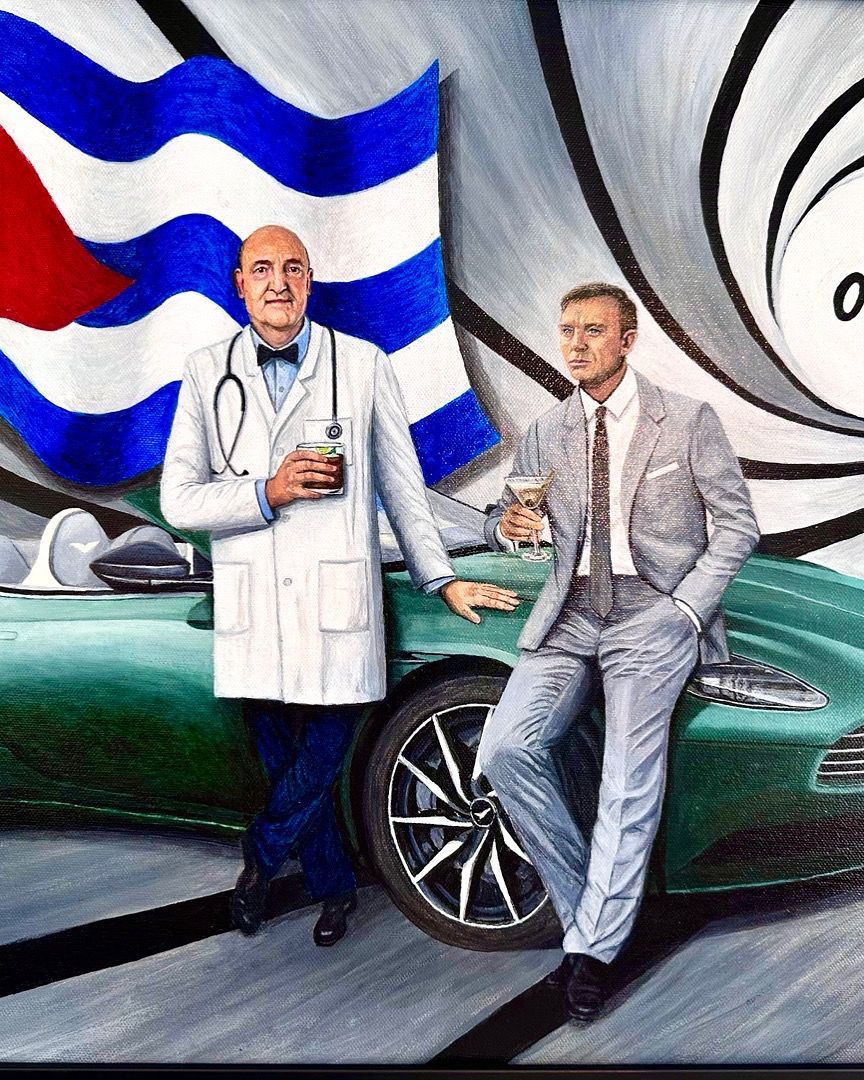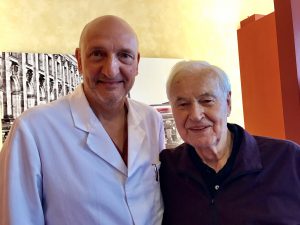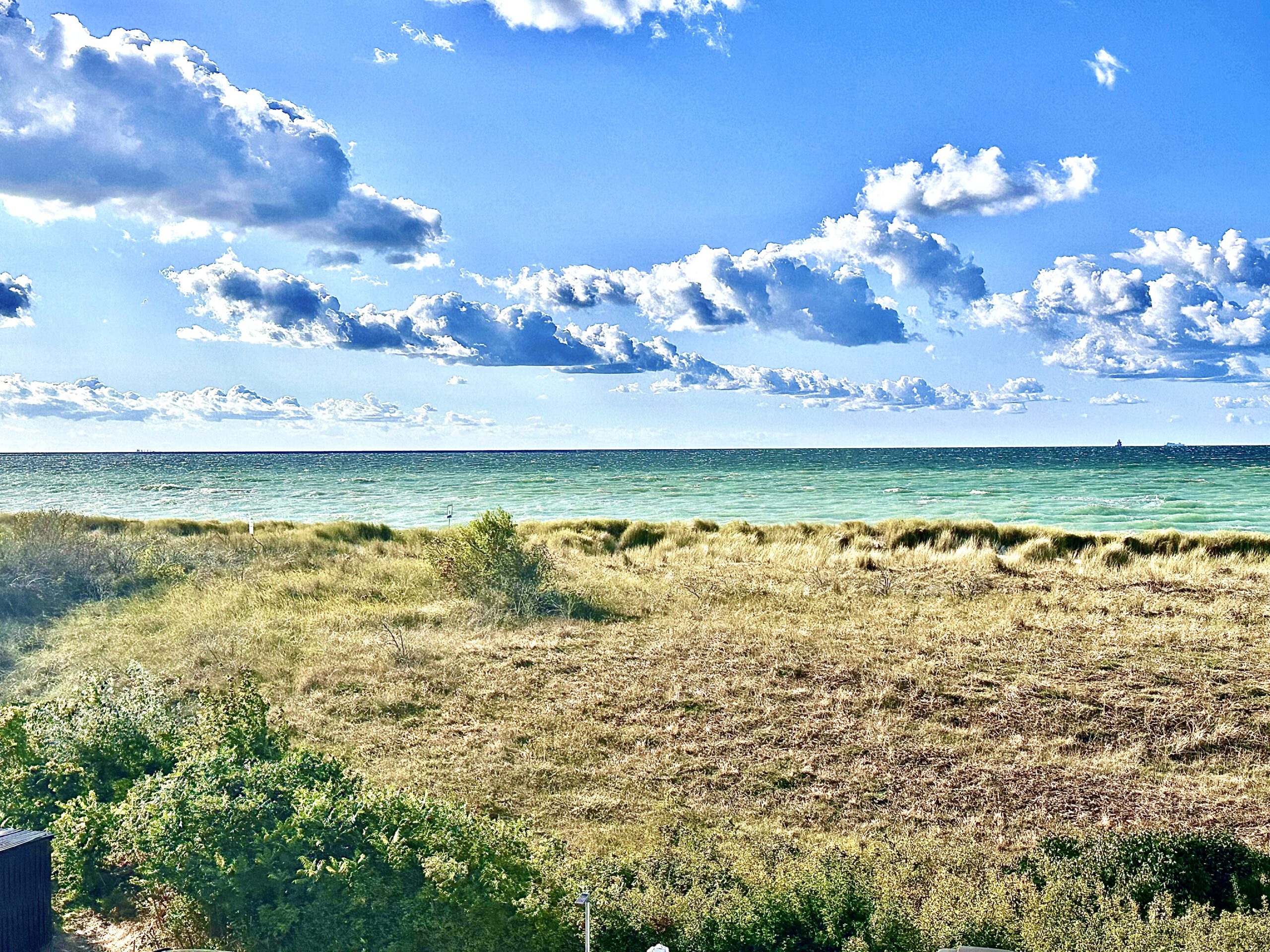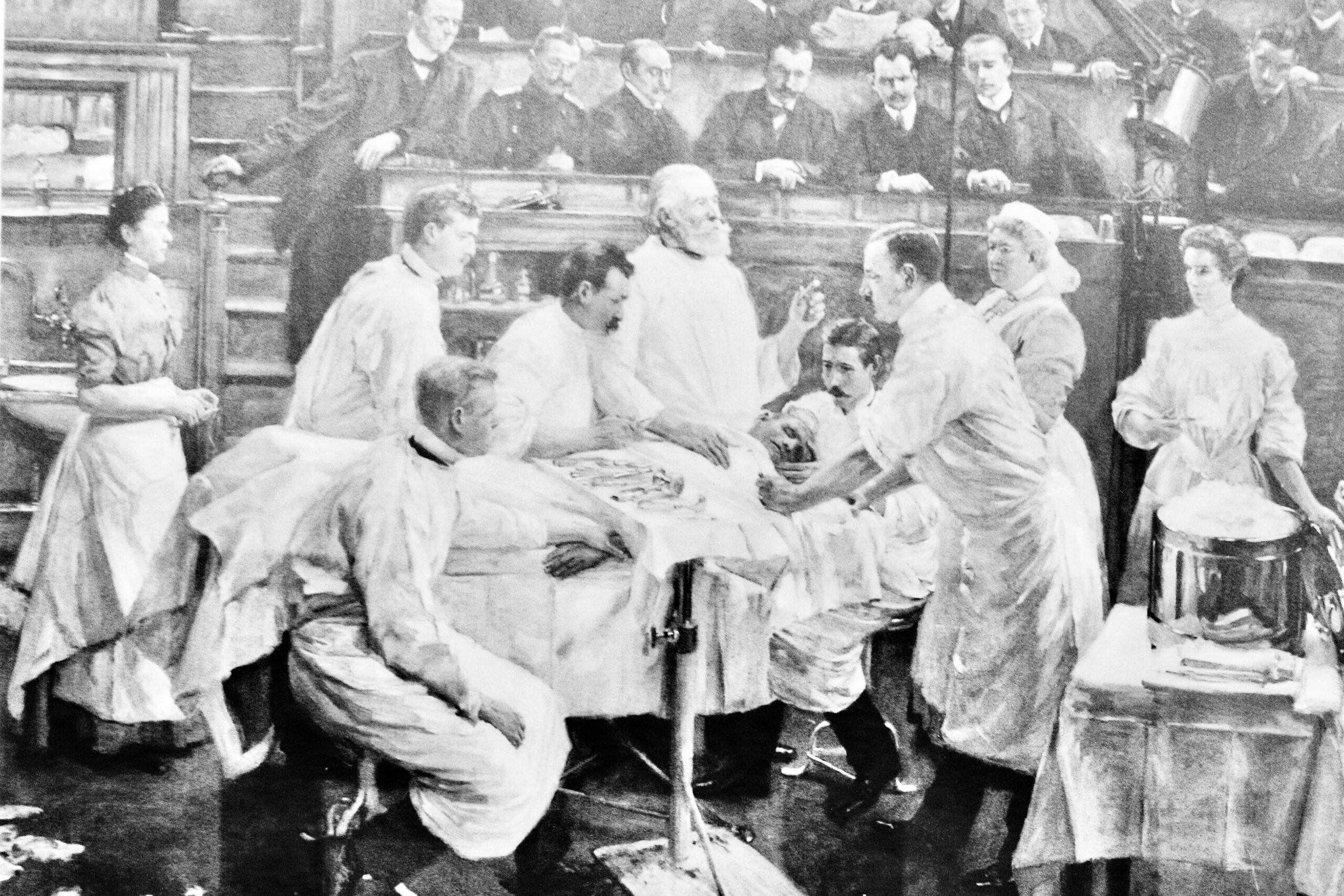Saphenion®: Der Hippokratische Eid – ethischer Leitfaden für Ärzte … die drei Schritte des Arztseins.
Der Hippokratische Eid – benannt nach dem griechischen Arzt Hippokrates von Kos (um 460 bis 370 v. Chr.), ist ein ursprünglich in griechischer Sprache verfasstes Arztgelöbnis und gilt als erste grundlegende Formulierung einer ärztlichen Ethik.
Aus der zentralen Problemlösungskompetenz des Arztes wird gegenwärtig eine technische Ausführungskompetenz gemacht, aus dem eigentlichen Arzt ein profitabler Leistungserbringer, aus der Komplexität eines jeden Patienten ein standardisierter Symptomträger, aus der medizinischen Praxis ein technischer Herstellungs – und Verbrauchsprozess.
Vor diesem Hintergrund wird es selbstverständlich, die ärztliche Leistung wie eine technische Produktionsleistung zu bewerten.
Der Gehalt des hippokratischen Eides sollte auf jeden Fall auch heute noch Leitschnur ärztlicher Tätigkeit sein!
Die sukzessive Deprofessionalisierung der Medizin mit dem Ziel ihrer Totalverwaltung zur effektiven Steuerung aller medizinischen Maßnahmen als aktuelle Vision moderner Gesundheitspolitik in allen westlichen Ländern, und die daraus resultierende totale Entwertung ärztlicher Leistung müssen dringend hinterfragt werden!
The Hippocratic Oath—named after the Greek physician Hippocrates of Kos (c. 460 to 370 BC)—is a physician’s oath originally written in Greek and is considered the first fundamental formulation of medical ethics.
The physician’s core problem-solving skills are currently being transformed into technical execution skills, the actual physician into a profitable service provider, the complexity of each patient into a standardized symptom carrier, and medical practice into a technical manufacturing and consumption process.
Against this backdrop, it becomes natural to evaluate medical services as technical production services.
The content of the Hippocratic Oath should definitely still be the guiding principle of medical practice today!
The gradual deprofessionalization of medicine with the aim of total administration for the effective control of all medical measures as the current vision of modern health policy in all Western countries, and the resulting total devaluation of medical services, must be urgently questioned!





